GREETING
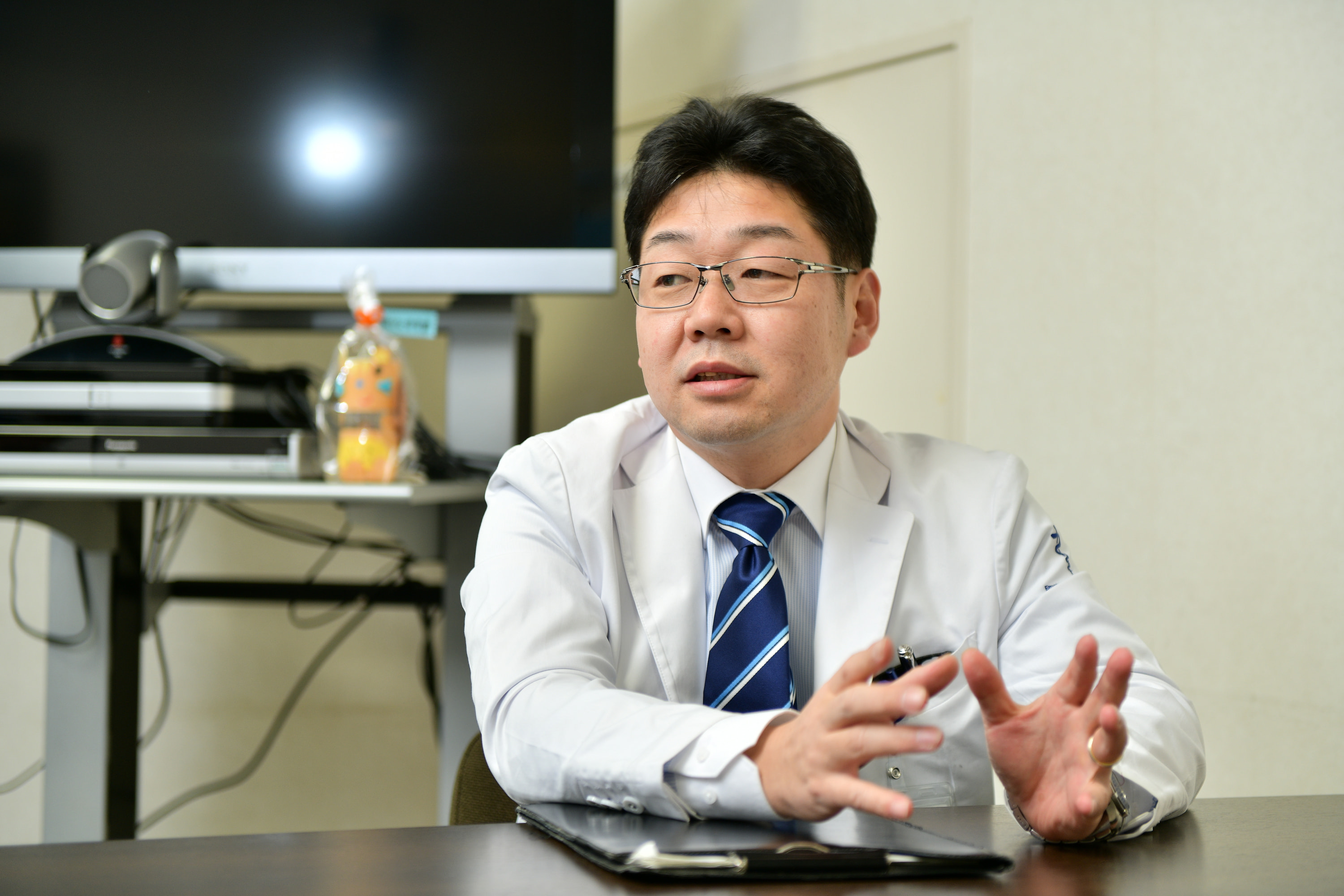
Welcome to our HP, Dept. of Emergency Medicine, YCU
We introduce various activities by the members of our department, Emergency Medicine, Yokohama City University and provide useful information for young physicians who wish to become emergency physicians in the future.
The Department of Emergency Medicine at Yokohama City University is one of the largest emergency medicine departments in Japan with more than 90 members. The advantage is that we have a diverse workforce and a large number of affiliated hospitals, which enables us to provide a wide range of medical care and education according to the specialty and characteristics of the patients.
For example, each member of the department has his or her own specialty in emergency intensive care, of which they are proud.
Some physicians specialize in the fundamental fields of emergency medicine (ER intensive care, general medicine), while others specialize in emergency surgery (trauma, acute abdomen, etc.), cardiac catheterization, IVR, pediatric intensive care, infectious diseases, ECMO, basic research, medical policy (administration), aggressive pre-hospital medicine such as doctor cars and doctor helicopters, disaster medicine, and so on. The department is also involved in a wide range of other medical fields such as disaster medicine.
Because of this, we have many female physicians, physicians who have switched from other specialties to emergency medicine, those who have studied abroad or worked in the general public, and those who have changed careers from basic researcher to emergency medicine...we have a wealth of human resources.
The Advanced Emergency Medical Center, Yokohama City University Hospital (Urafune), provides multidisciplinary care for patients with severe trauma, ECMO, and acute IVR.
While the School of Medicine Hospital focuses on basic and clinical research, and each affiliated hospital has its own unique characteristics, which are utilized in education to train young and mid-career professionals.
The Department of Medicine operates under the concept of "All Yokohama", where each affiliated hospital has its own unique characteristics and trains young and mid-career doctors through education based on these characteristics.
The mainstay of our operational policy is "education and human resource development". We focus on education for medical and nurse students, education for residents, and training of physicians who will become leaders in their respective specialties. Please visit our website to learn more about these specific efforts.
Since 2017, when Professor Takeuchi was appointed to Yokohama City University, 43 physicians have newly joined the Department of Emergency Medicine at Yokohama City University (as of November 2022), bringing the total number of members to over 90.
We believe that this is the result of our concerted efforts to nurture human resources.
In the future, we can expect great social changes, such as the intensification and sophistication of medical care and the increasing need for physicians who can provide holistic medical care in an aging society. The Department of Emergency Medicine at Yokohama City University will continue to train physicians who can play an active role in various fields. We welcome all young physicians to come and visit us. We look forward to seeing you.
Best Regards,
Ichiro Takeushi, MD, PhD
Chief Professor of Emergency Medicine
竹内 一郎
VISION
| We take good care of "the indevisuals" | "The indivisual" are the fundation of our organization. We focus on "education" for young residents and inters, so we have the special education program for them. We always support the residents to get the specialiuty of emegency physician, intensivists and other subspeciality. |
|---|
| We focus on clinical care and basic research as well | In univesity, our mission are clinical care, research and education. So, our faculty members are involved in basic and clinical research, and are responsible for guiding students through the publication of papers and the accuisition of PhD degree. |
|---|
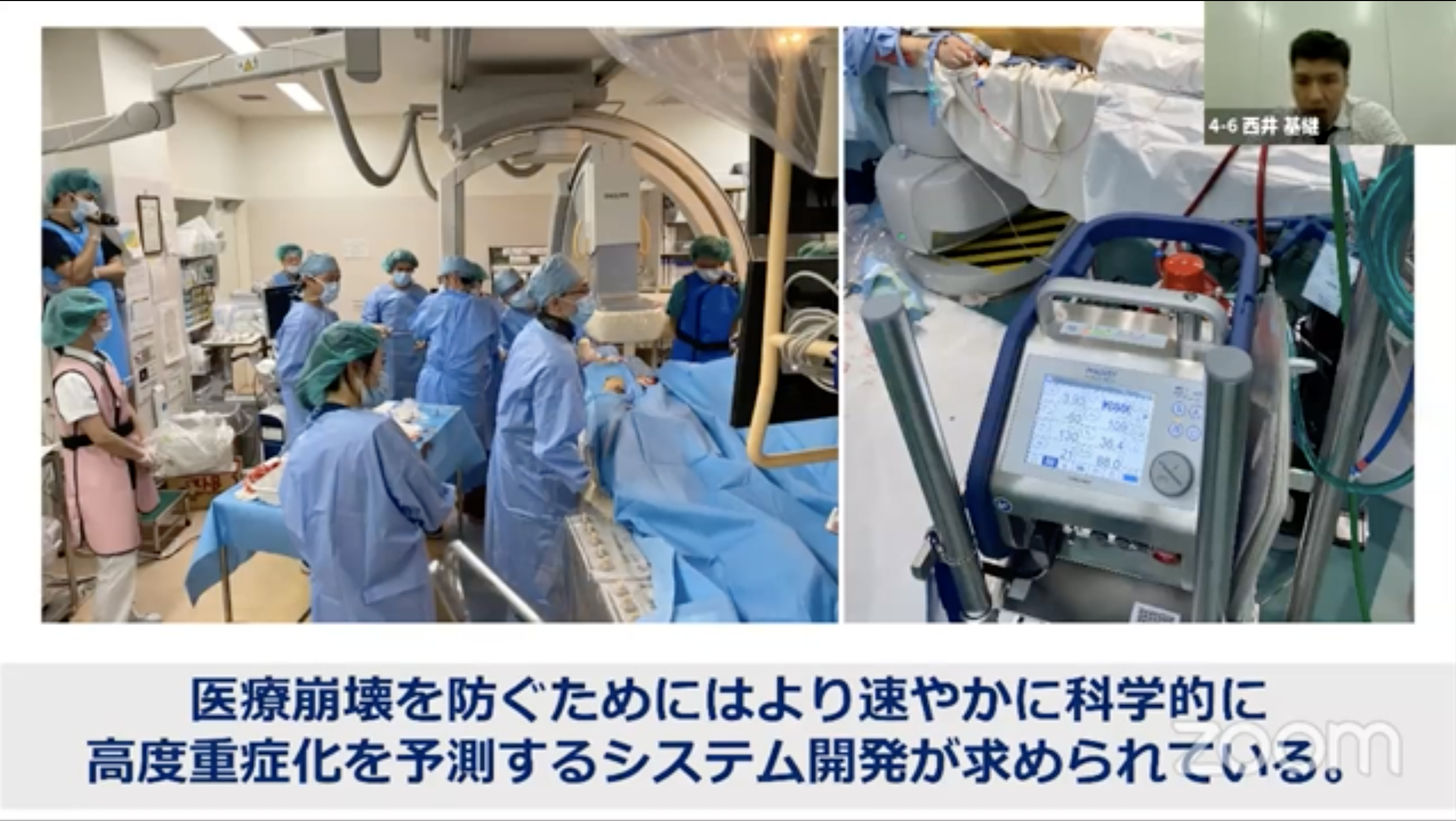
| Fulfill our responsibility as an Advanced Emergency Medical Center | YCU medical center hospital is and advanced critical care center in All Yokonama City. In addition, YCU medical center hospital is a critical trauma center. So, we established an acute care system for critical respiratory disorder center for the introduction of ECMO and for severe cardiac disease center for the introduction of VAD. |
|---|
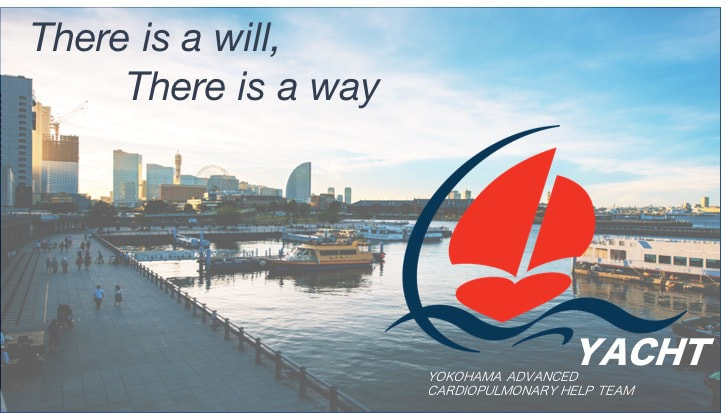
| Training Disaster Professionals | We dispached medical team to the Kumamoto Earthquake, the Joso area flood in Ibaraki, the east japan earthquake and other disasters. We train the members of teams (JDR; Japan Disaster Relief Team) that can respond to diasters not only in Japan but alos overseas. We will also work on countermeasures against multiple casualties (terrorism) in preparation for earthquakes directly under the Tokyo metropolitan area and the international events. |
|---|
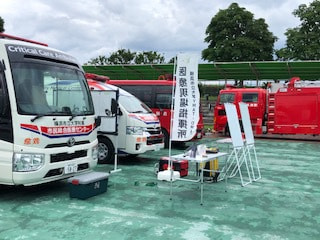
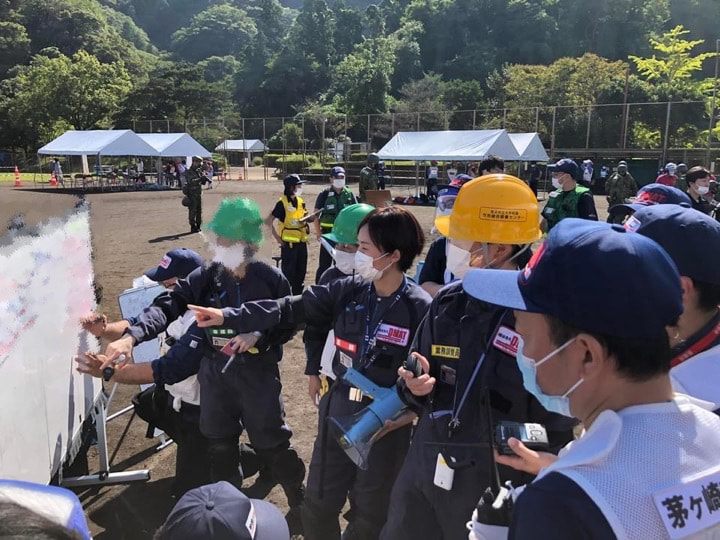
| Emphasis on collaboration with other medical specialties | We will collaborate with specialists in each department to provide the best treatment at the emergency center and ER. |
|---|
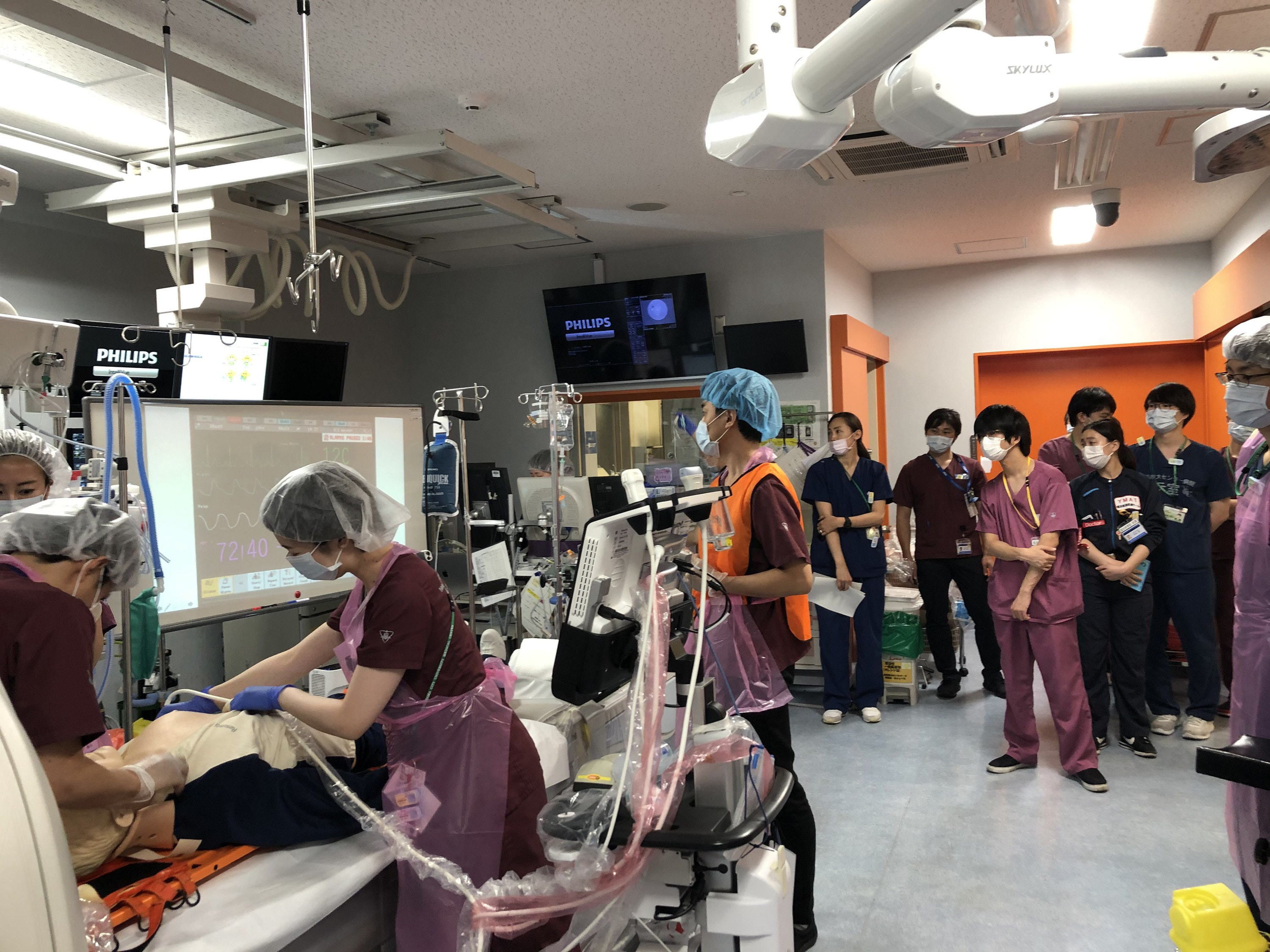
| Promote internationalization | We collaborate with medical institutions in Paris, France, and conduct SAMU ride-along training. We conduct research clerkships for students abroad. We promote international exchange. |
|---|
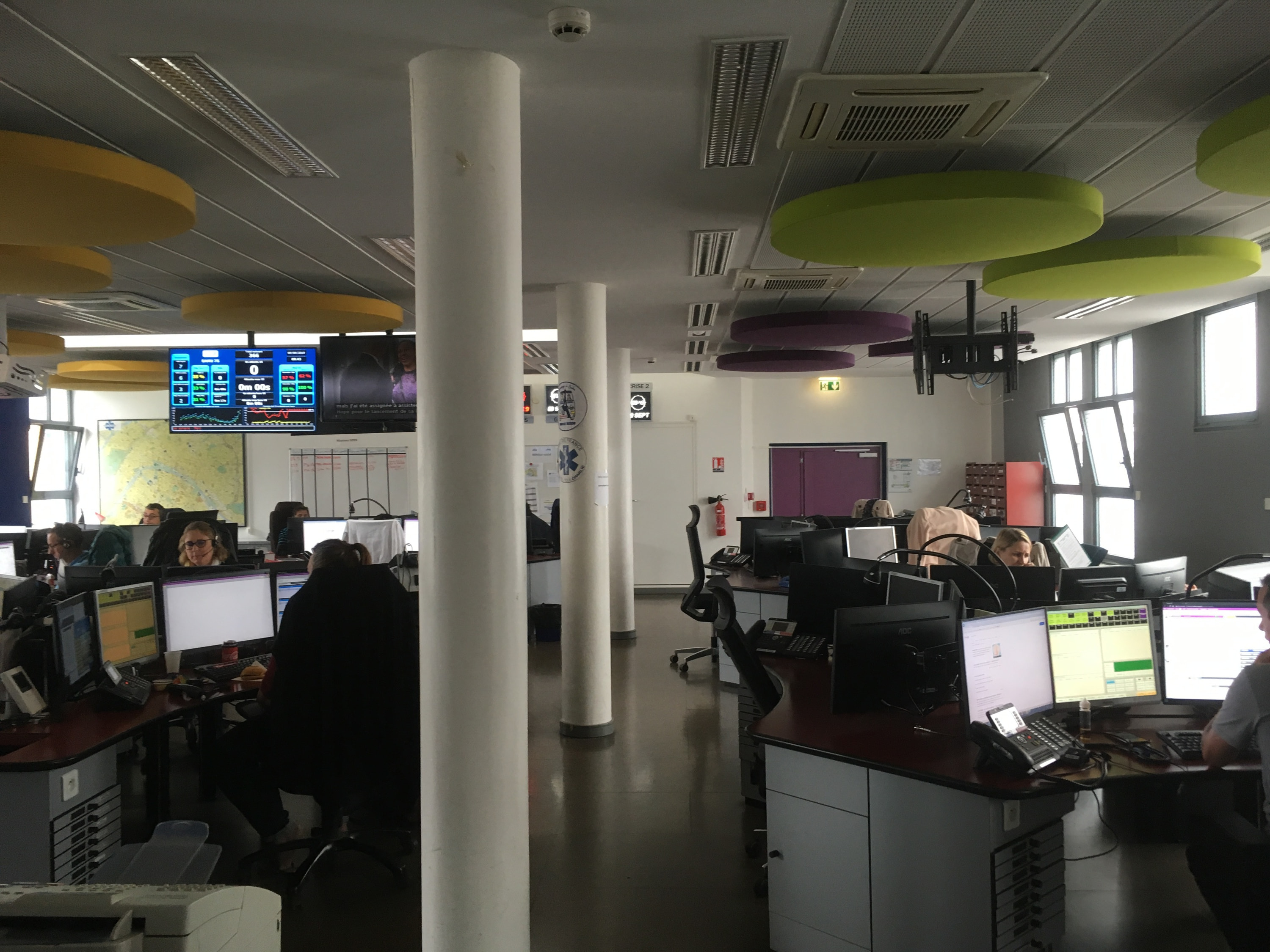
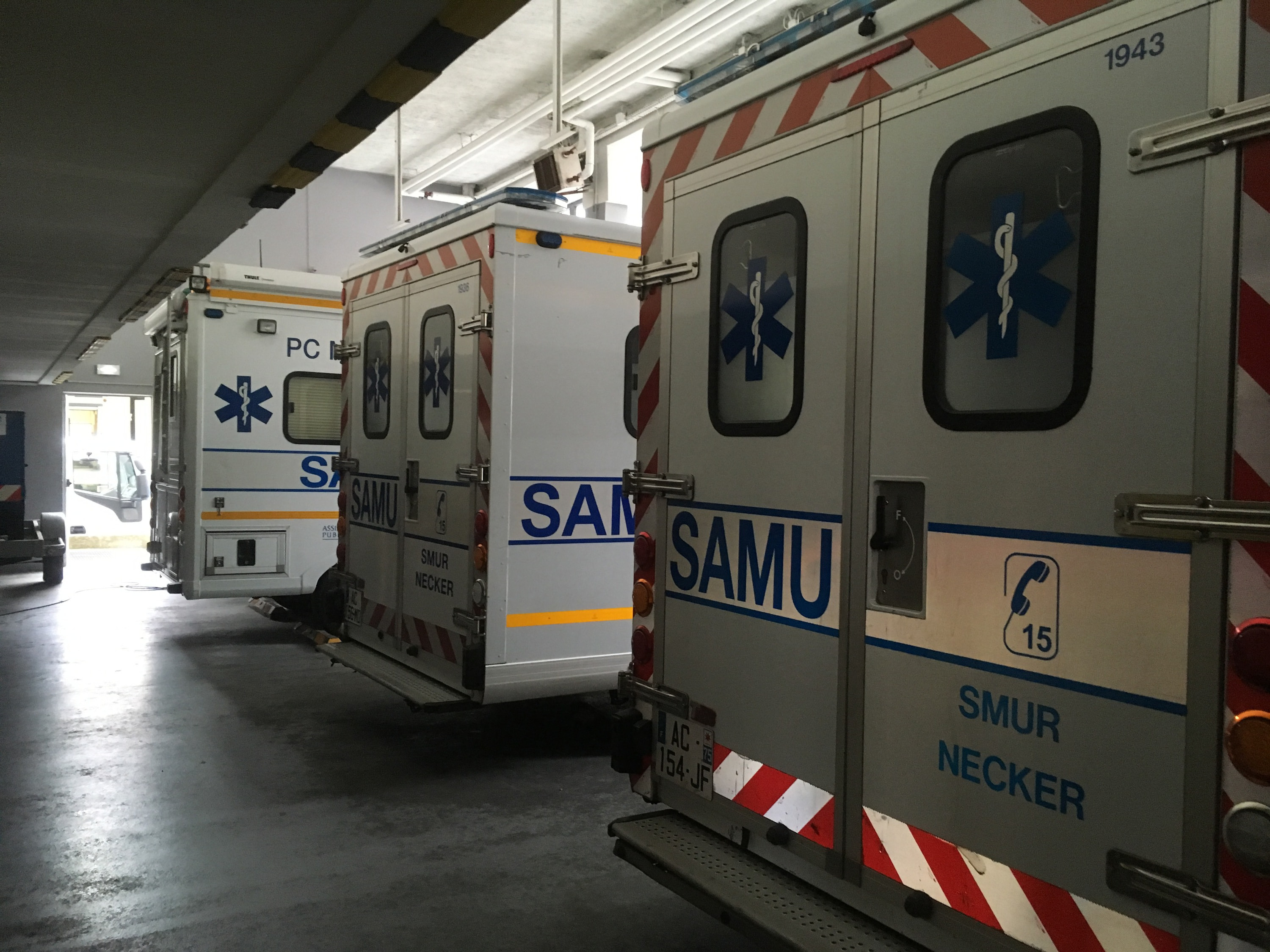
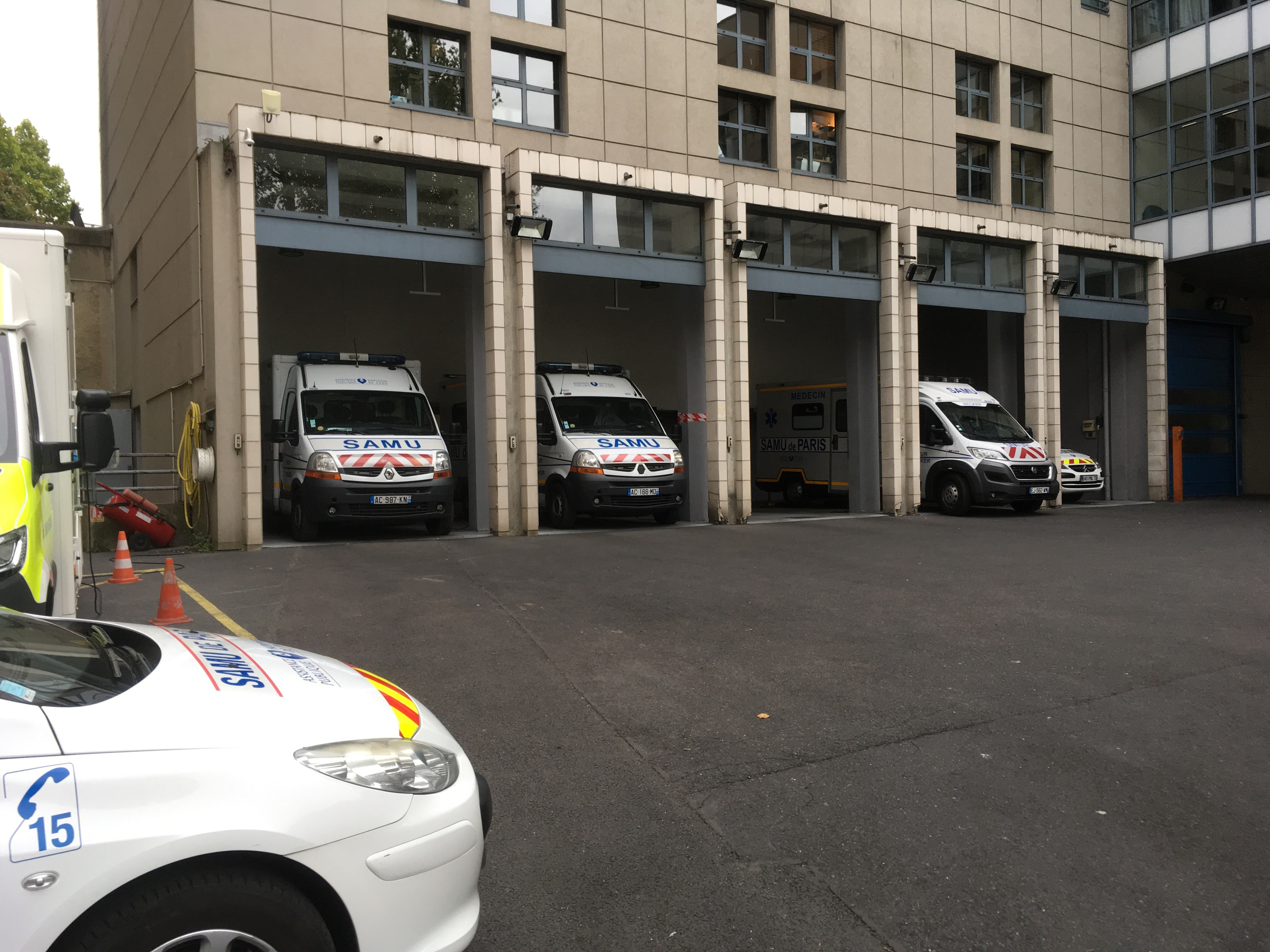
HISTORY

The Yokohama City University Department of Emergency Medicine was established on January 28, 2011, with Naoto Morimura as the first chairperson. The Department of Emergency Medicine was established to provide the highest level of emergency medical care in the region, no matter where a patient falls ill, and to solve the many problems in emergency medicine, the development of emergency medicine personnel was a top priority. At the time of its establishment, 26 emergency physicians joined the class and worked mainly at the university's two affiliated hospitals (Yokohama City University General Medical Center and Yokohama City University Hospital), as well as the core hospitals in the Yokohama and Yokosuka area (National Hospital Organization Yokohama Medical Center, Yokohama City Municipal Hospital, Yokosuka City Uwamachi Hospital), Teikyo University School of Medicine Hospital, and the emergency departments of Musashino Red Cross Hospital became the mother institutions for the clinical, educational, research, and community contribution activities of the department.
Immediately after the establishment of the department, the East Japan Earthquake occurred, which became a national disaster, and the members of the department played roles in DMAT (wide-area transport base activities at Haneda Airport), support for disaster area relief centers (Kesennuma City), hospital support (Yokohama City and Iwaki City), and response to the Fukushima nuclear power plant radiation accident.
We have been enhancing our educational system to foster emergency physicians, which is our top priority, by revising the educational program for medical students in 2011 (from department lectures to workshops, incorporation of students into medical teams, etc.) and the training program for initial interns in 2012 (hybrid training program integrating two university-affiliated hospitals, etc.), and in 2012, we revised the training program for initial university trainees (hybrid training program integrating two university hospitals, etc.).
Furthermore, in 2018, we started a major resident program that allows students to learn all aspects of emergency medicine, from pre-hospital care to initial care in the emergency room (ER) and intensive care in the ICU.
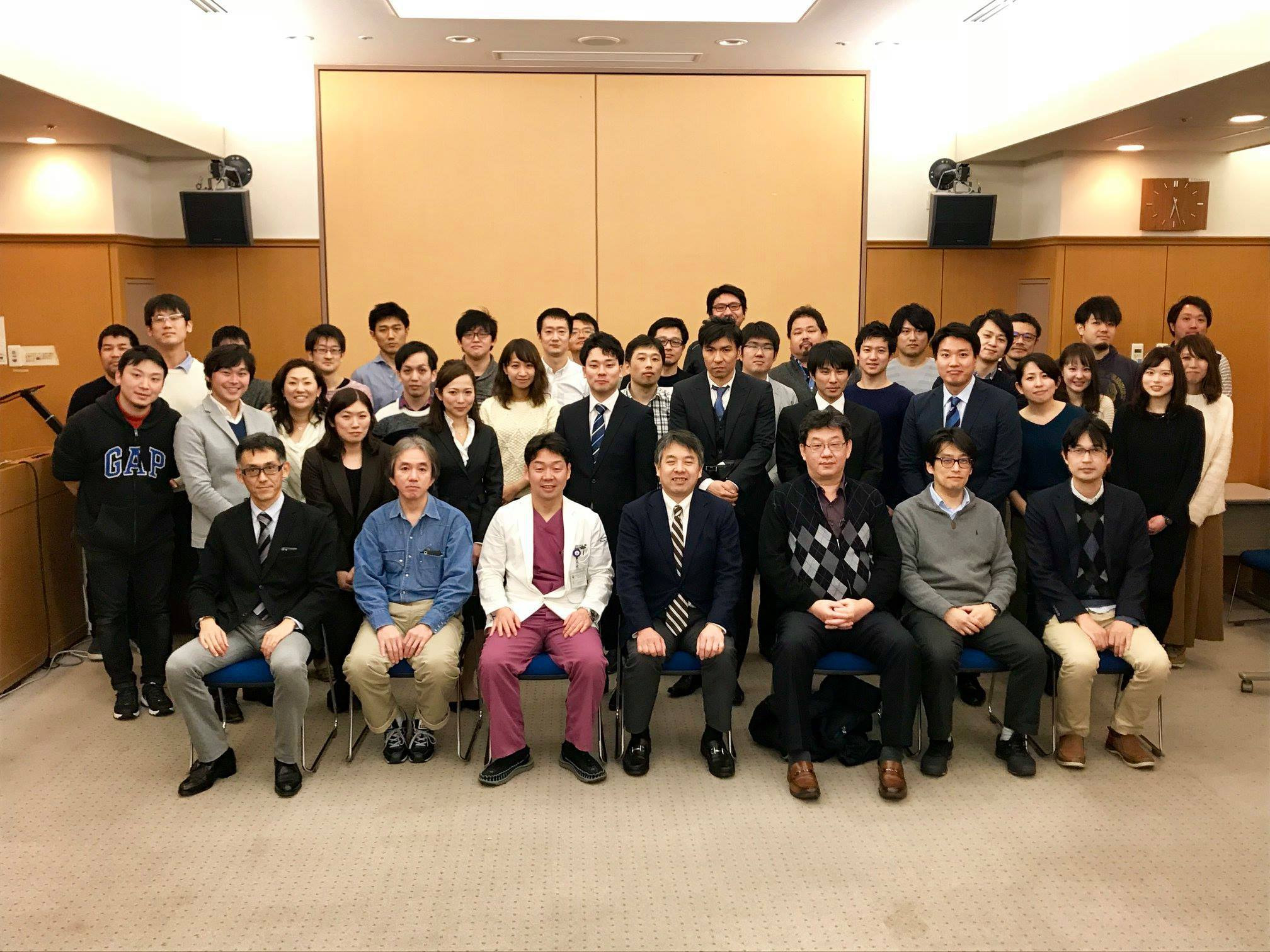
The number of members has been increasing every year, and the number of institutions with which we collaborate has been expanding: in 2011, we placed emergency physicians at Saiseikai Yokohama Nambu Hospital, in 2012 at International Friendship Hospital, and in 2013 at Yokohama Minami Mutual Aid Hospital and Yokosuka Mutual Aid Hospital's emergency departments.
By assigning staff to the emergency departments of core hospitals in the Yokohama and Yokosuka areas, we are able to support emergency medical care in all aspects and provide a varied training environment.
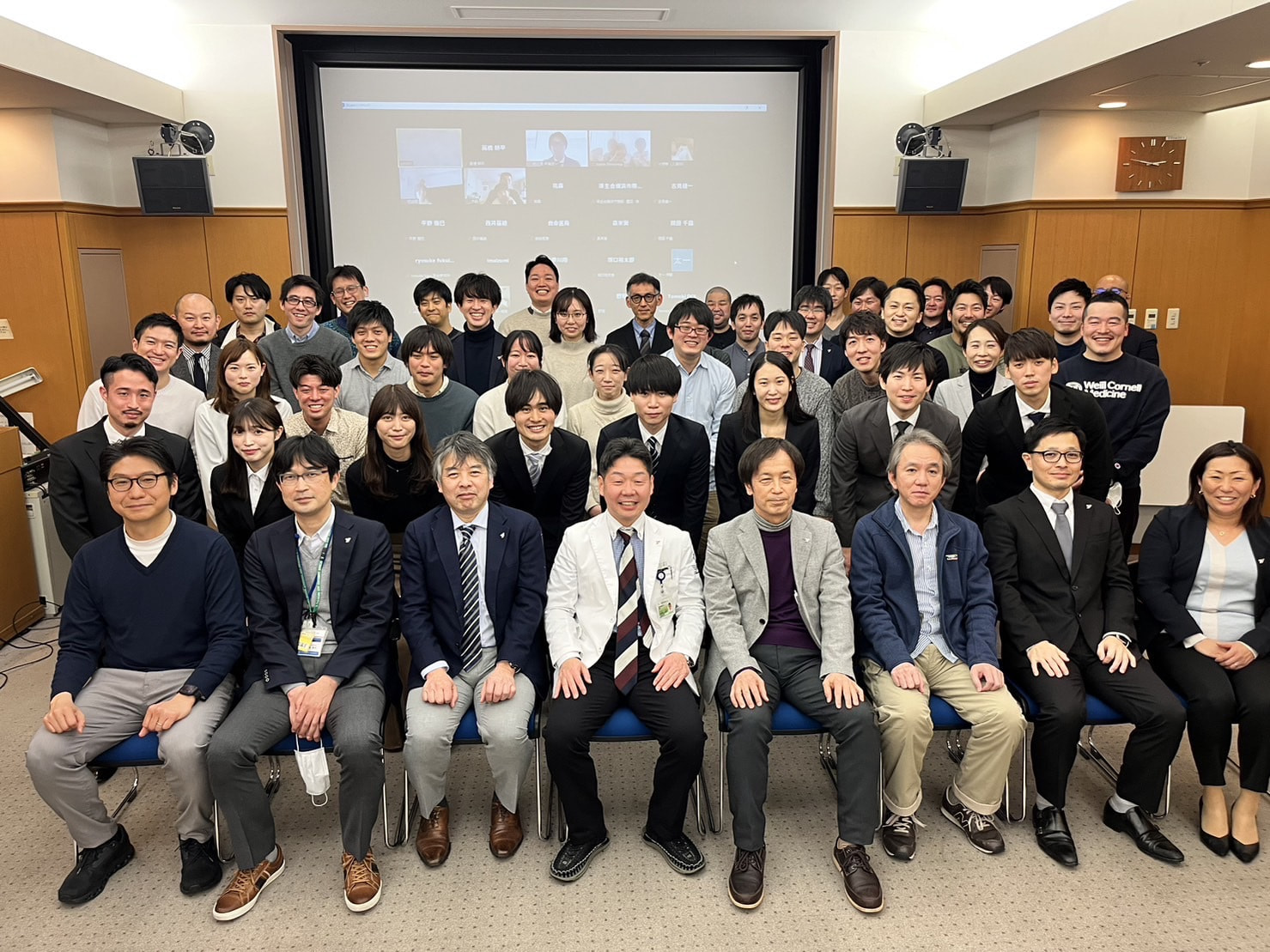
Providing the highest standard of Emergency Medical Care
Our department contributes to emergency medicine based on the philosophy of "providing the highest standard of emergency medical care wherever a patient falls ill in the community.
We aim to form a group of emergency physicians who accurately grasp the needs of society and aspire to higher standards.
Through clinical and basic research, we will develop new treatment methods and disseminate them not only to Yokohama but also to Japan and the world.
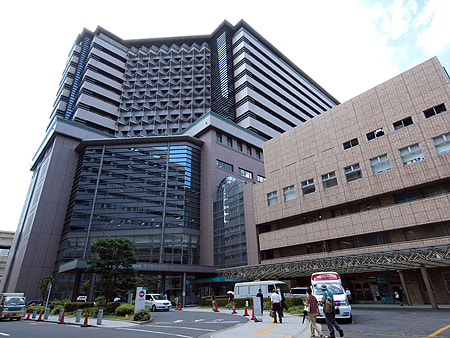
Many Abundant Affilated Hospitals
We support emergency medical care in the Yokohama-Yokosuka area with several emergency centers and secondary emergency hospitals in Yokohama and Yokosuka City, including the Advanced Emergency Medical Center (Yokohama Critical Trauma Center). Each hospital has its own unique characteristics, with fields such as doctor car, ER, intensive care, trauma, and ECMO, and they cooperate with each other to provide emergency medical care in the region.
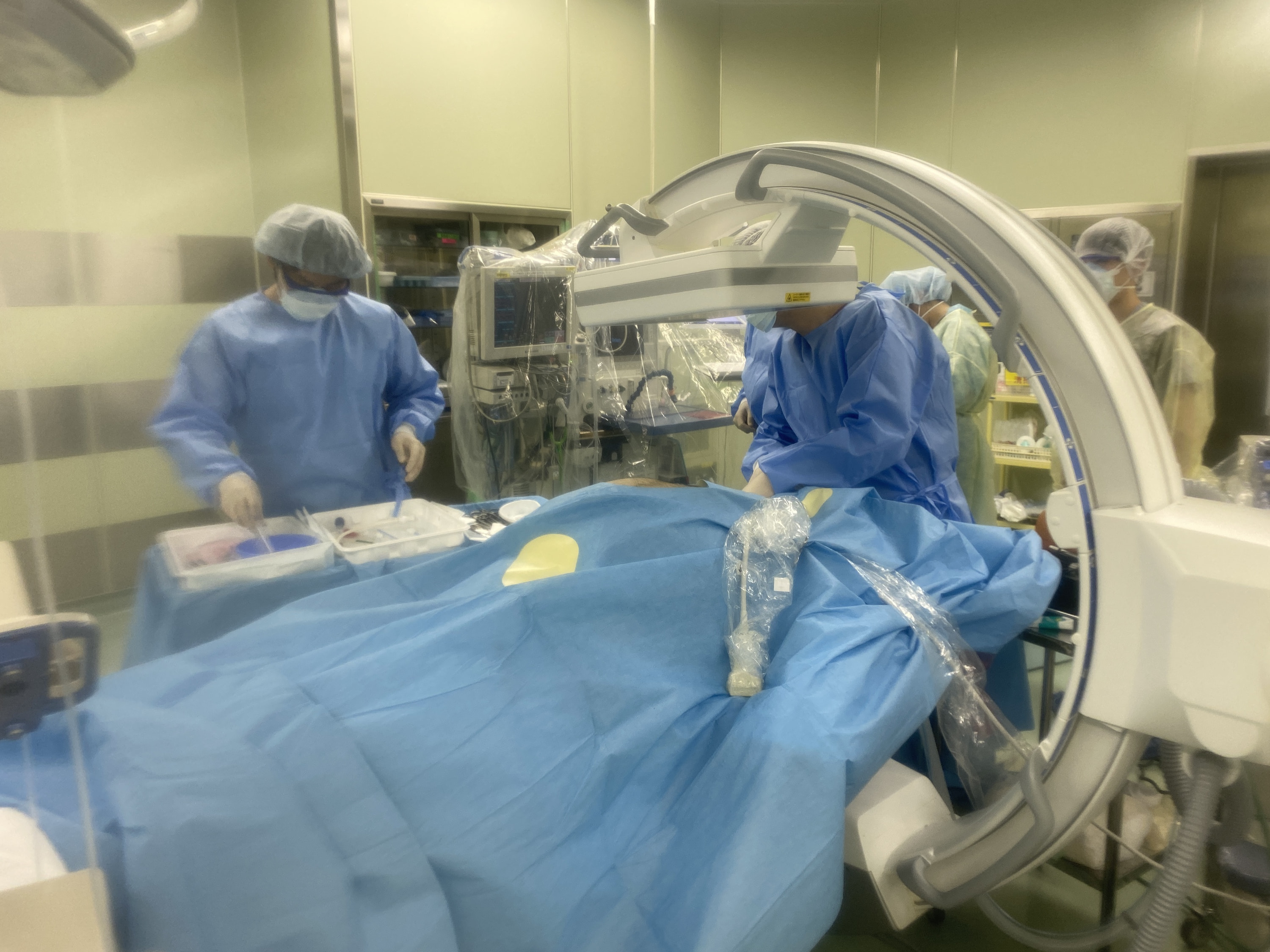
Emergency Physicians with Diverse Careers
In addition to emergency medicine specialists, each member of our department has a diverse career in intensive care, IVR, surgery, ECMO, and general medicine. We also have emergency physicians who have experience in pre-hospital care (Dr-Car and Dr-Heli) and physicians who have engaged in research in the United States. We also have a number of female physicians who are working while raising children. We are active not only in clinical practice but also in research, including graduate school and basic research, so that we can present advanced results to the world in the future.

Focus on the Global Level
-Providing advanced medical care more quickly-
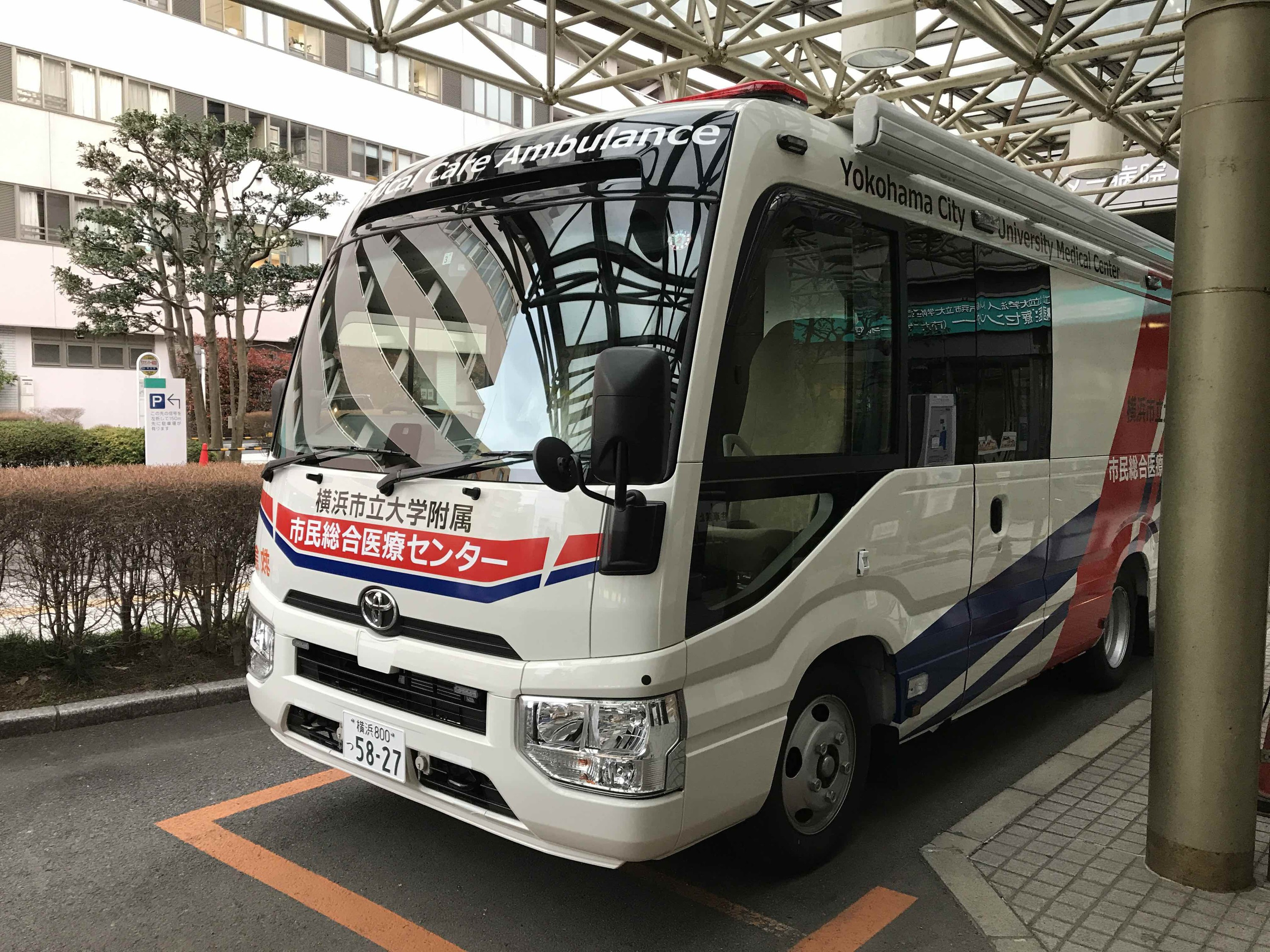
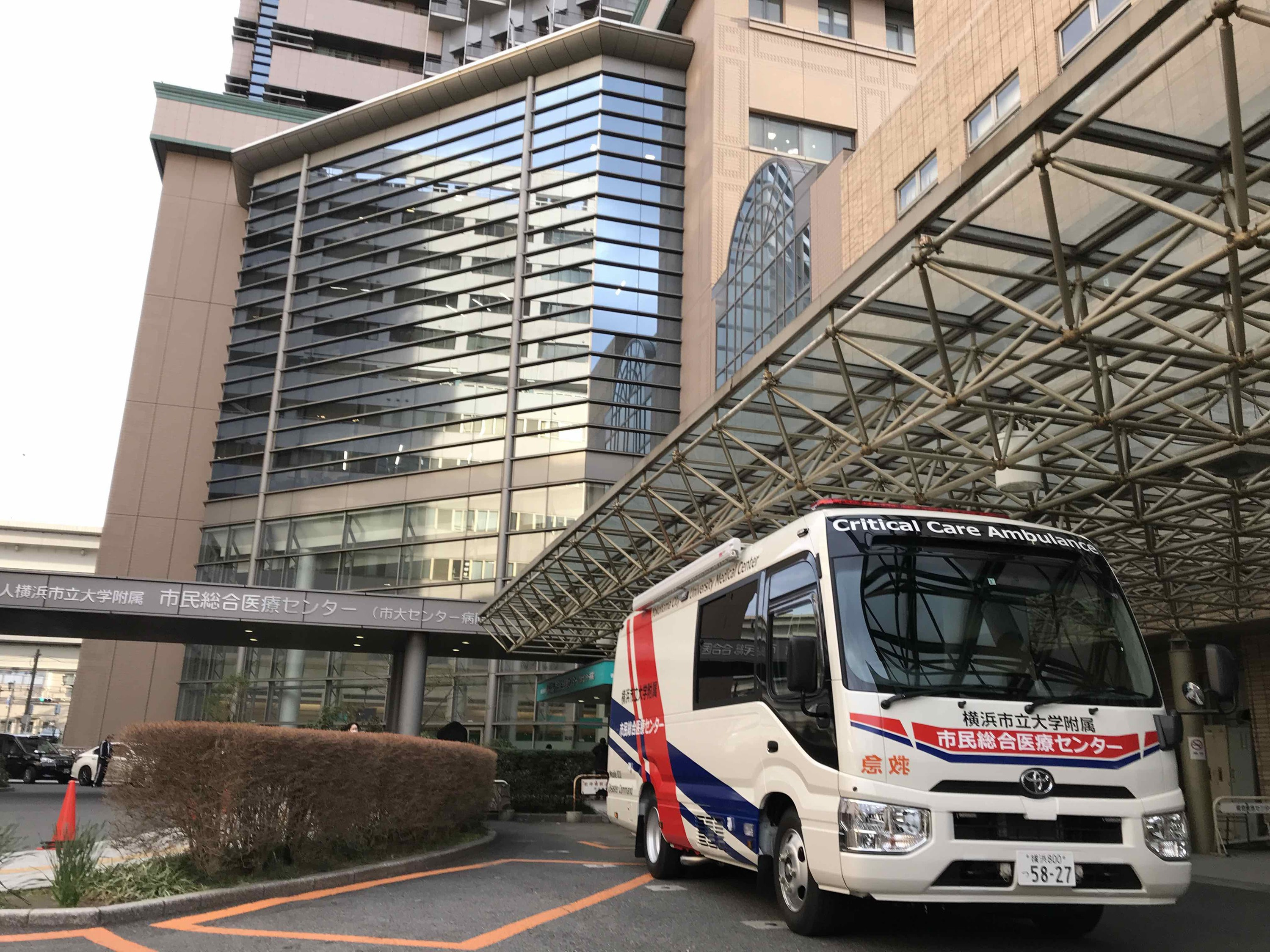
The old Center Car was mainly used for inter-hospital transport, but the new CENTER CAR has the following additional functions in addition to the conventional inter-hospital transport.
①Function as a medical command vehicle in times of disaster (Disaster command function)
When a large number of medical teams gather at the time of a disaster, the new center car can supervise the medical teams, In the event that a large number of medical teams gather, it is necessary to supervise the medical teams in order to cooperate with counterparts such as the fire department and police department (Yokohama Medical Director System). Firefighters and police officers use command vehicles to go to the scene of a disaster, but there has been no medical command vehicle.
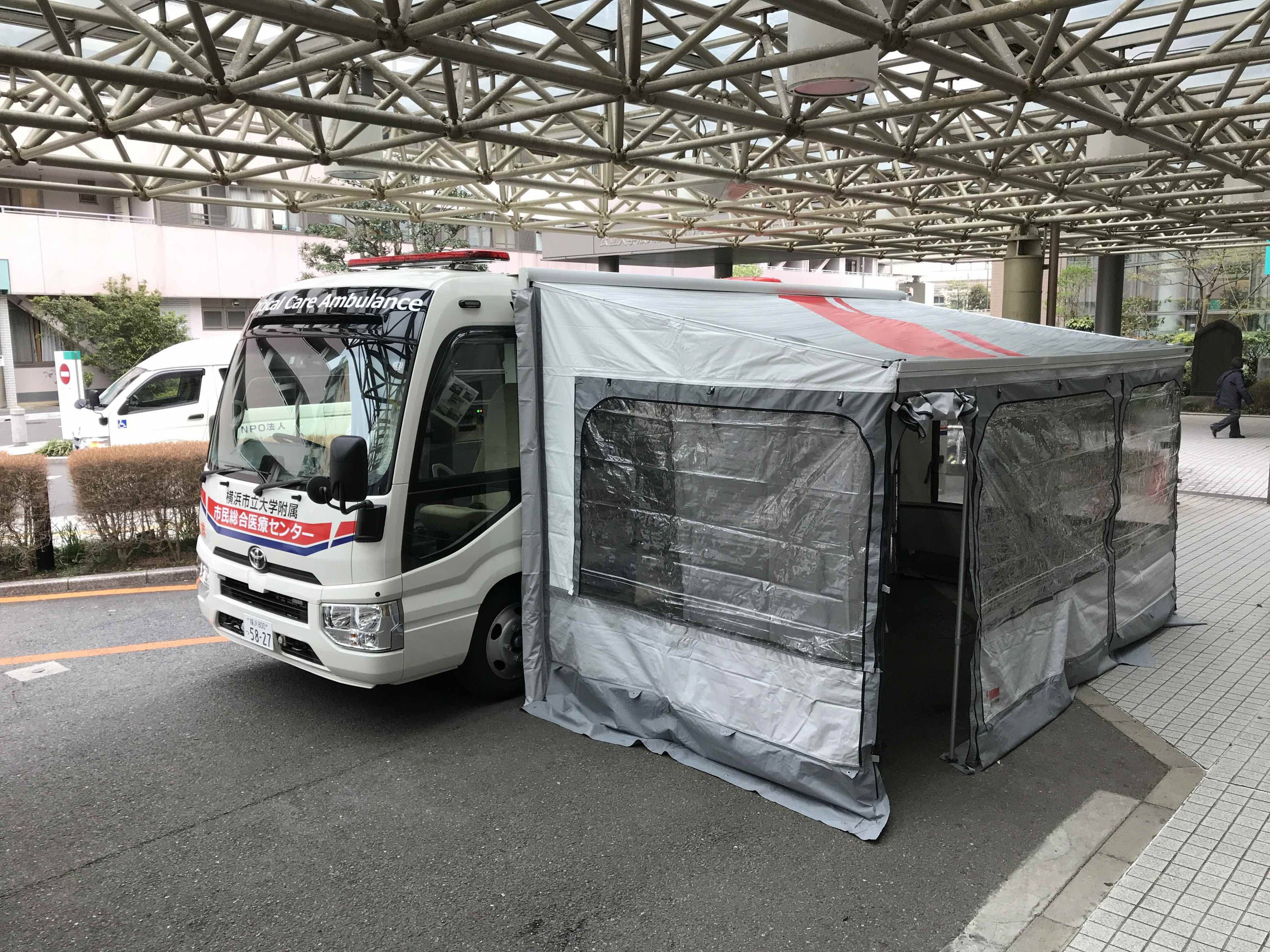
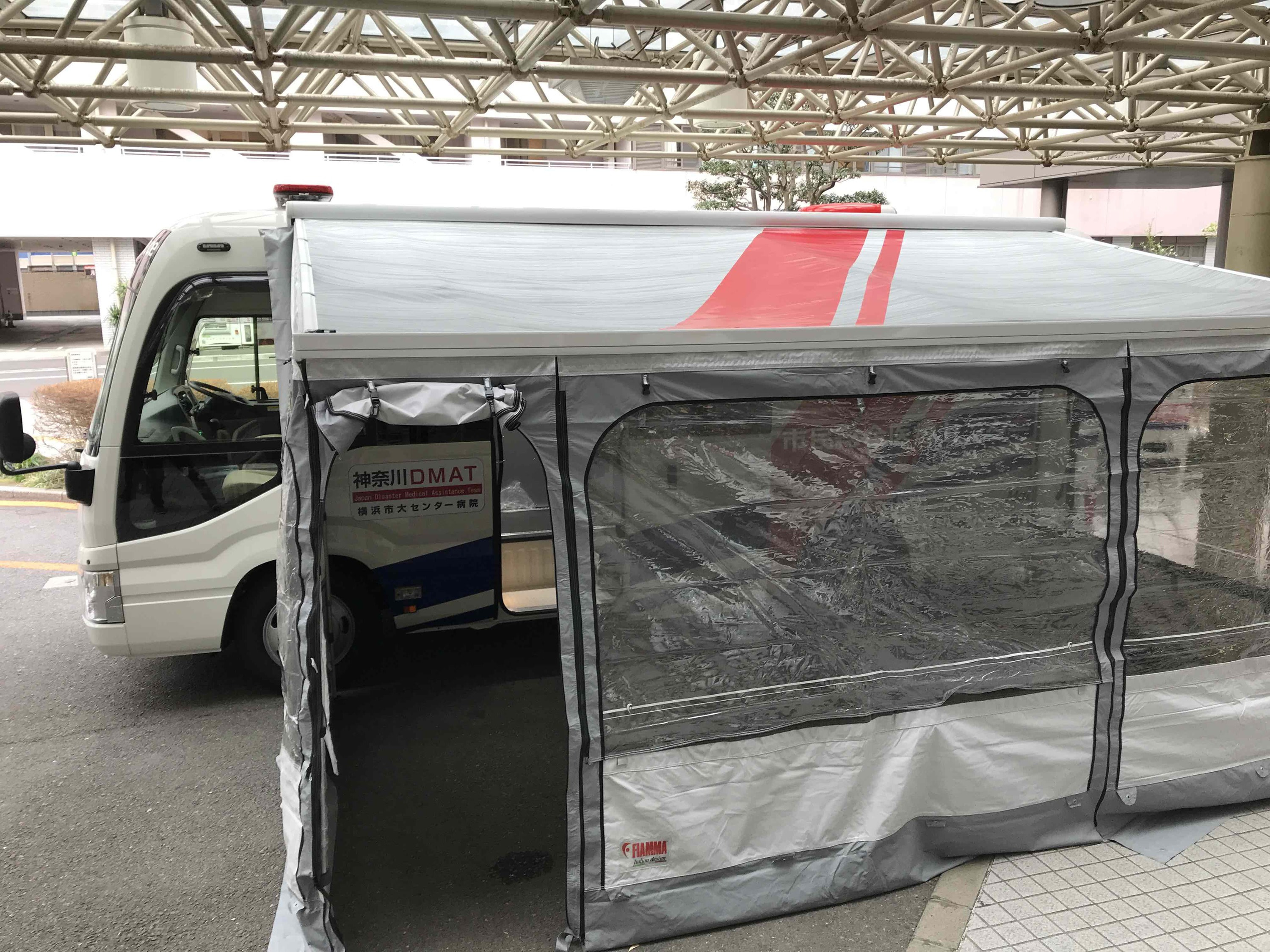
In the event of an NBC disaster, the tarp can be extended to provide an immediate space outside the hospital for dry decontamination.
Inside, the vehicle is equipped with a display, a stretcher can be unloaded, and a folding shelf can be lowered to form a desk, a true command center.

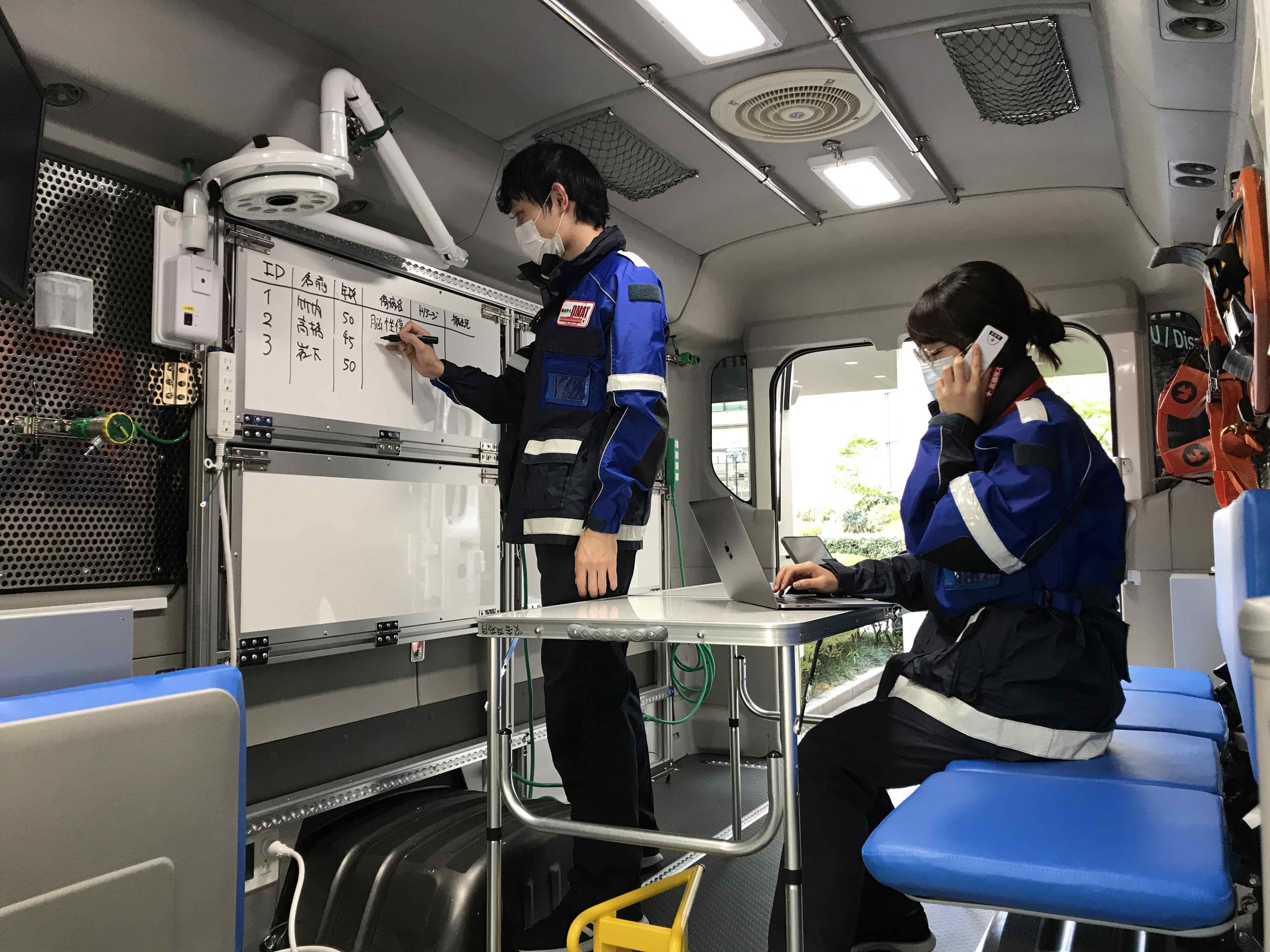
The vehicle is equipped with multiple lithium batteries, making it possible to use it as a temporary power supply vehicle in the event of a disaster.
②Function as a vehicle for transporting critically ill patients such as ECMO (Extracorporeal Cardiopulmonary Apparatus) (Mobile ICU function)
As an advanced emergency center, this hospital consolidates and treats critically ill patients using ECMO and other devices. The old center car also transported patients on ECMO, but it was necessary to transport the device separately from the stretcher, which required a lot of labor to transport the patient. In this renewal, a special stretcher that can carry ECMO and other equipment on the stretcher was introduced, and it is also equipped with an electric lifter for smooth transport. In addition, sufficient space and lighting are provided inside the vehicle for troubleshooting during transport.
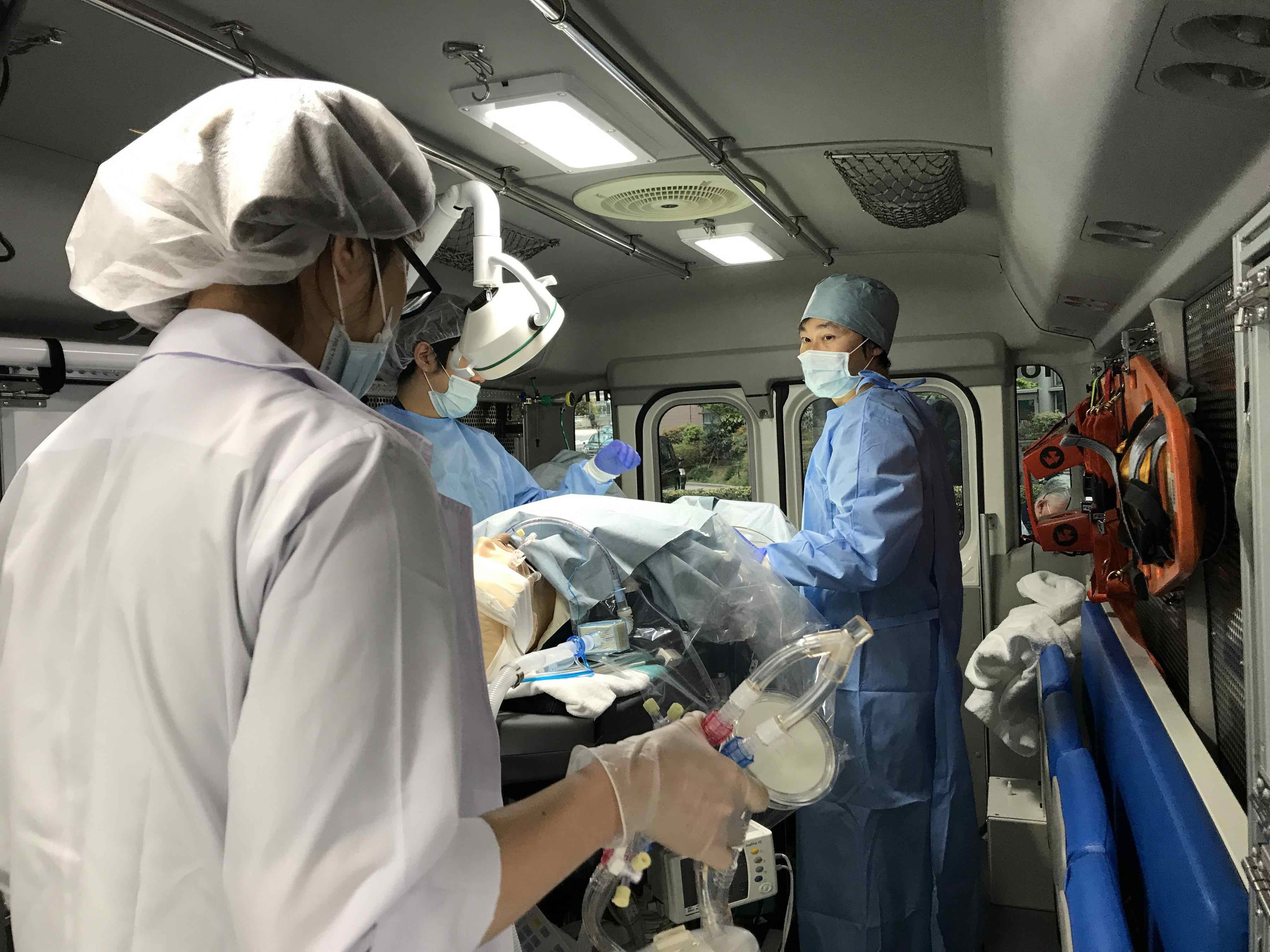
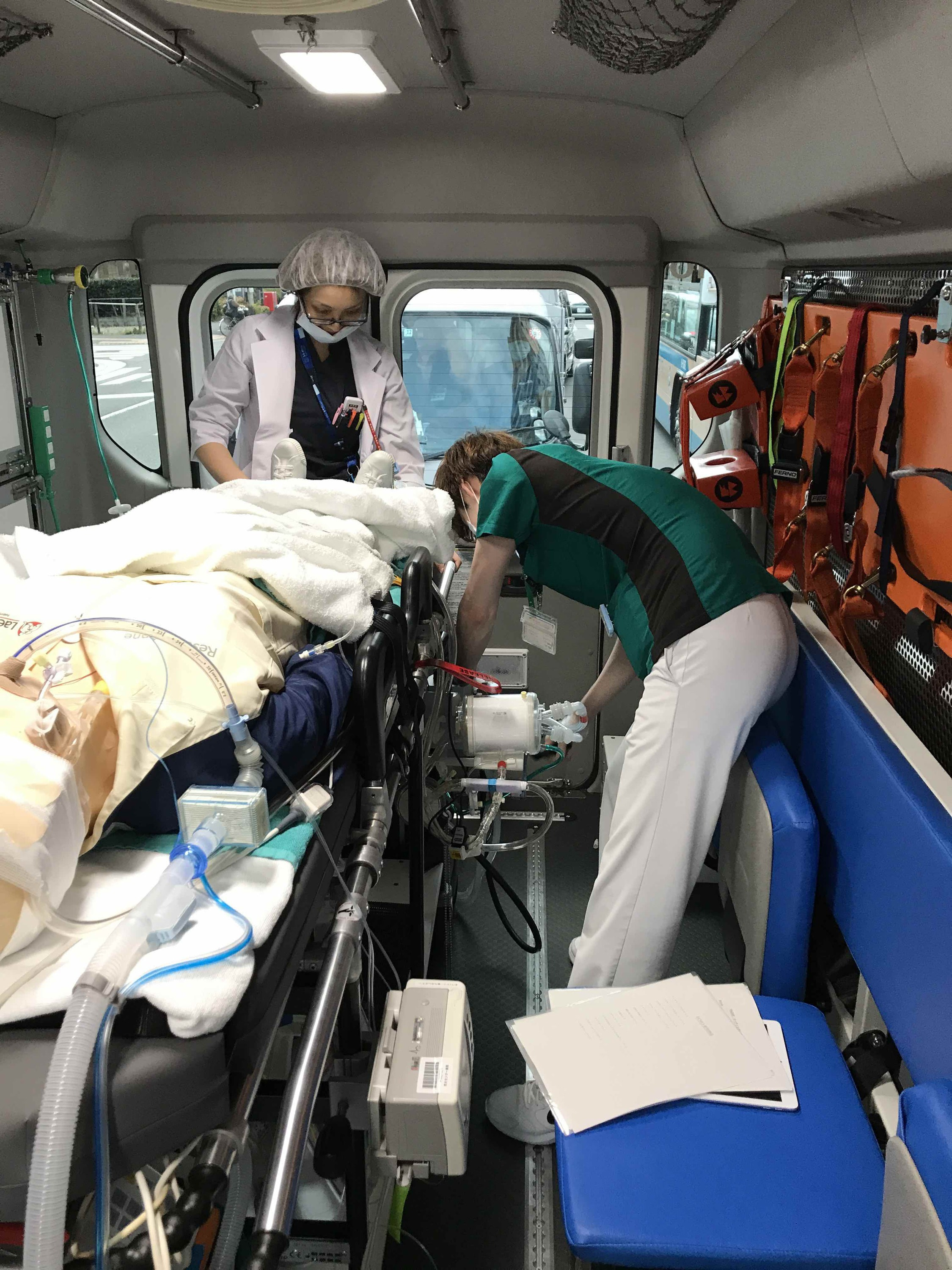
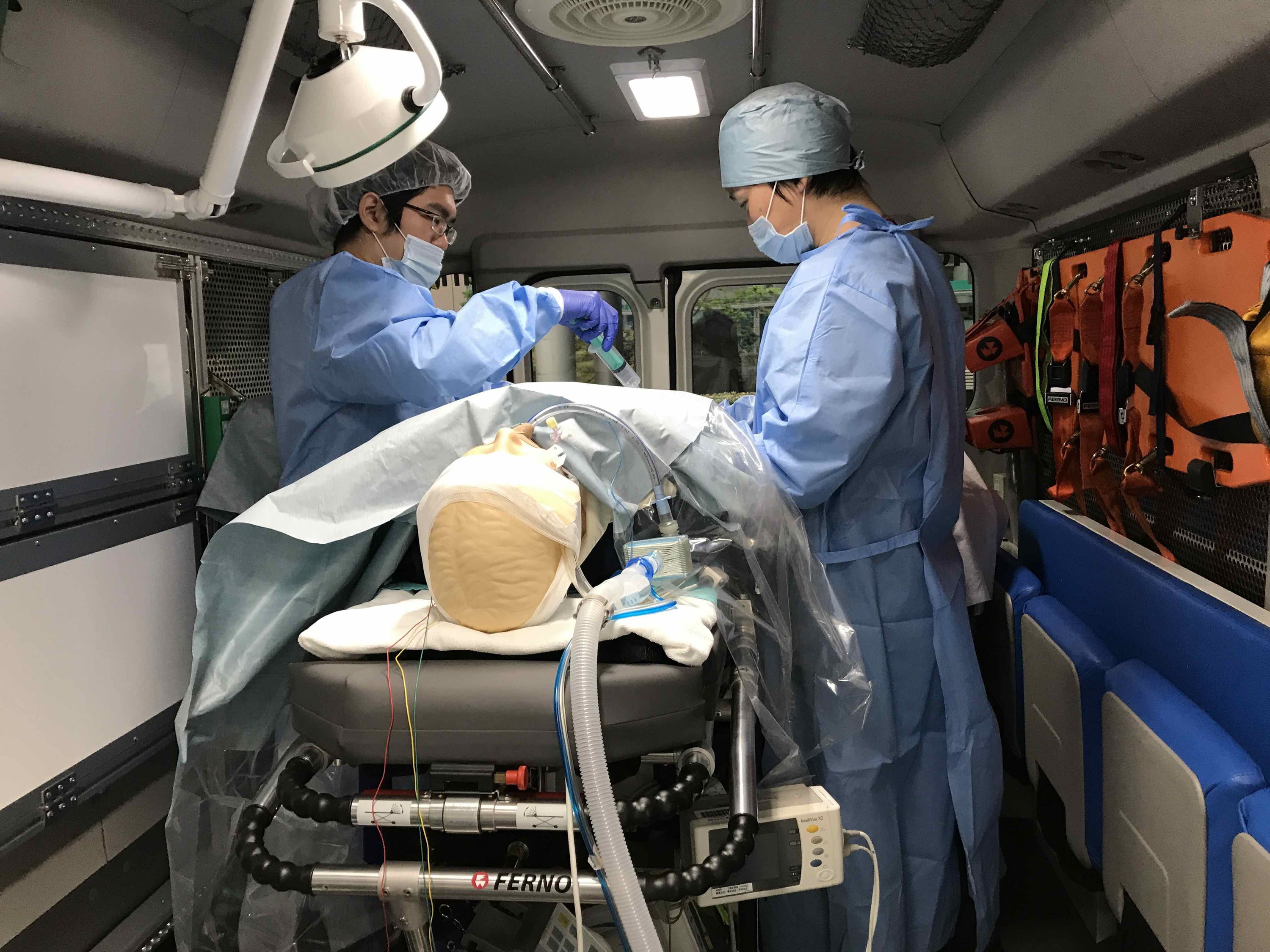
The vehicle is equipped with an airline rail system, which is used in airplanes, and can carry a cuvette for transporting newborns, a wheelchair, and a standard stretcher with special attachments.
When the stretcher is lowered, a large space is available to accommodate and transport up to six patients. We intend to fulfill our duties as an advanced emergency medical center using the functions provided by the new center car. We look forward to your continued support.
